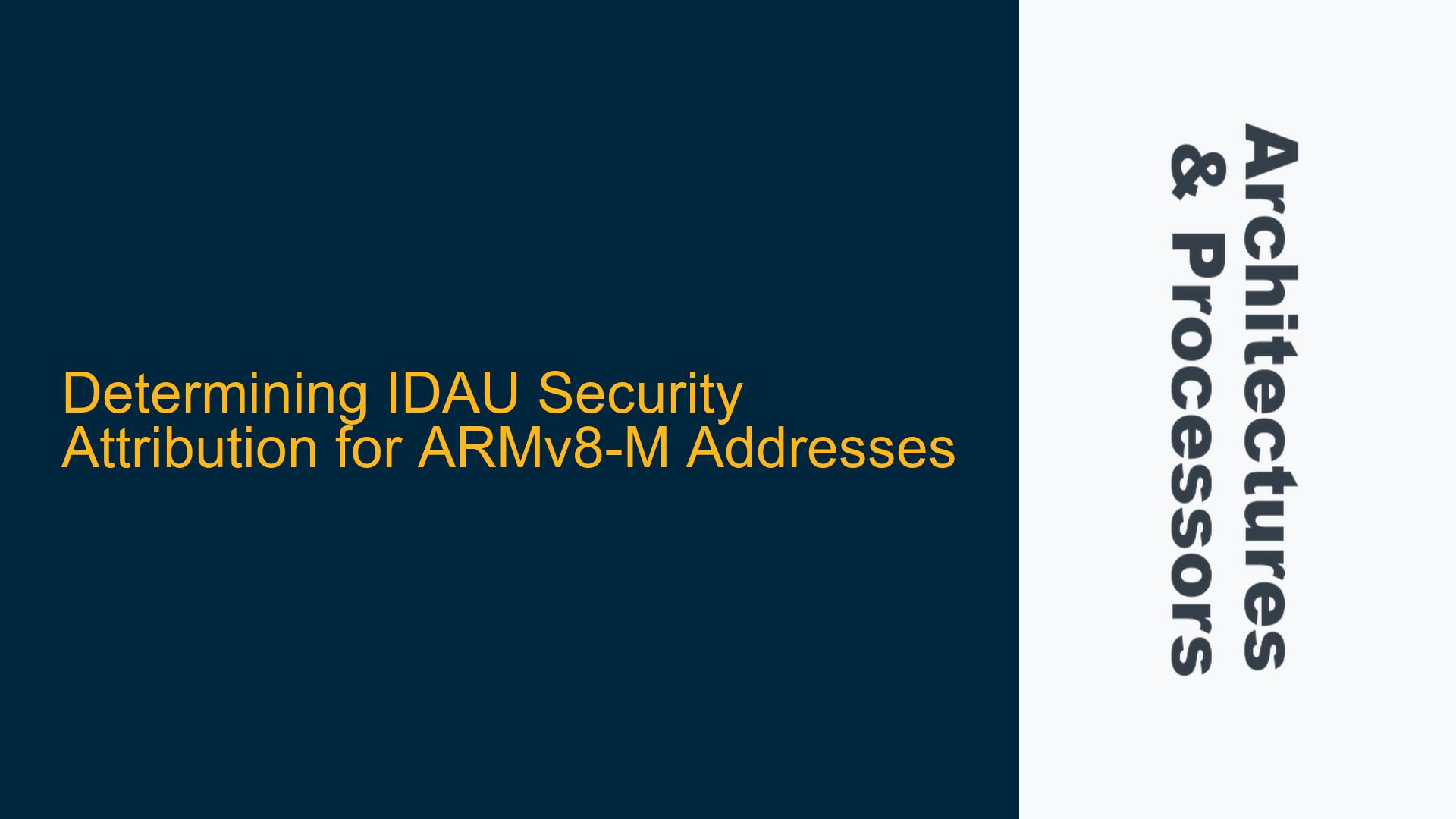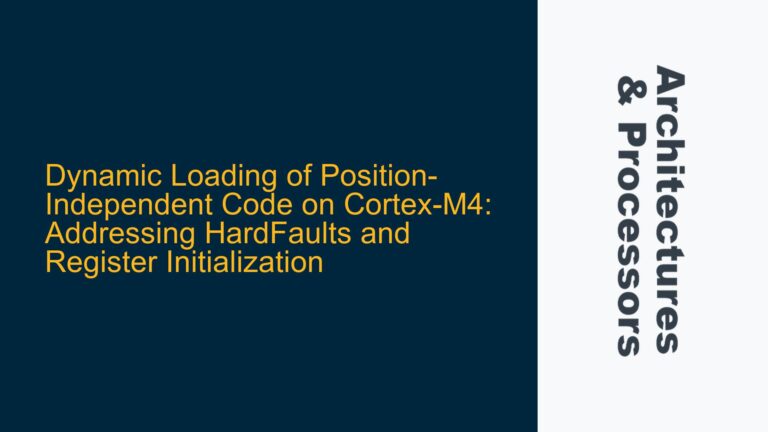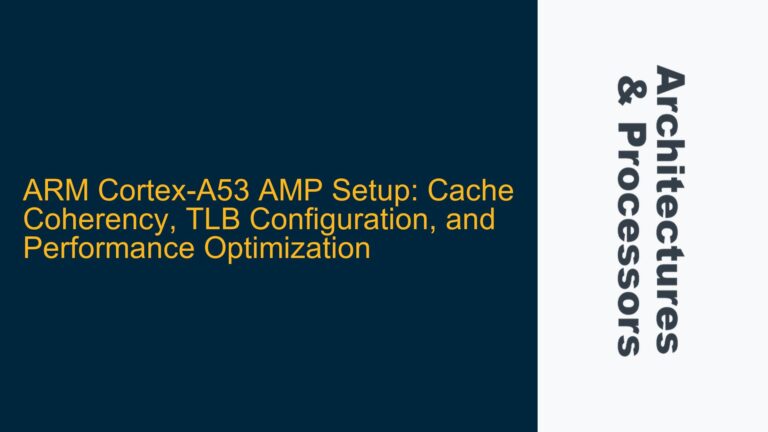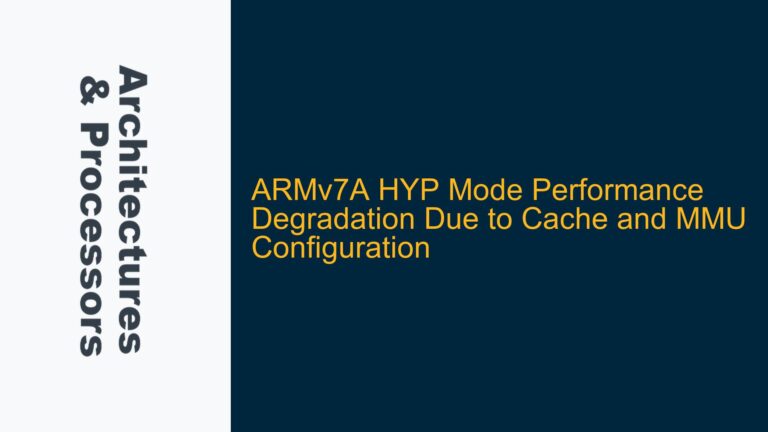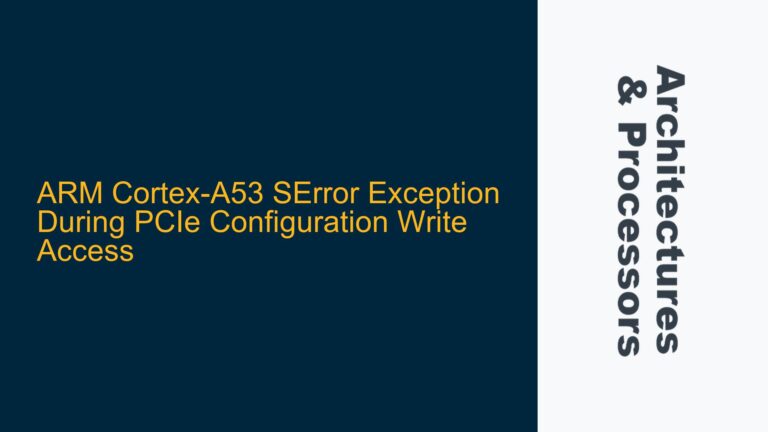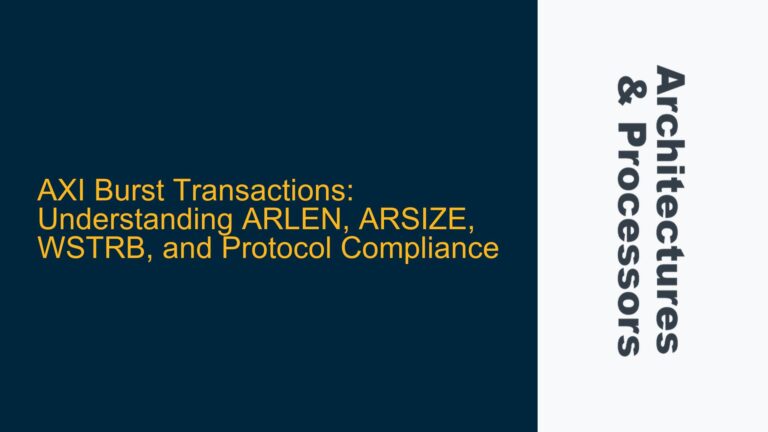Understanding IDAU Security Attribution in ARMv8-M Architecture
The ARMv8-M architecture introduces a robust security model that leverages the Implementation Defined Attribution Unit (IDAU) to define the security attributes of memory regions. The IDAU provides critical information about whether a given address is Secure, Non-Secure, or Non-Secure Callable, as well as additional details such as region numbers and exemption statuses. This security attribution is essential for ensuring that the TrustZone security model operates correctly, preventing unauthorized access to secure resources.
The IDAU works in conjunction with the Security Attribution Unit (SAU) and the Memory Protection Unit (MPU) to enforce memory access rules. The IDAU’s primary role is to provide a hardware-defined security attribution that cannot be altered by software, ensuring a baseline level of security. The SAU, on the other hand, allows software to further refine these attributions, enabling dynamic configuration of memory regions as Secure or Non-Secure.
Understanding how to check the IDAU security attribution for a given address is crucial for developers working with ARMv8-M processors. This process involves using specific instructions and debugging tools to query the security attributes of memory regions. The following sections will delve into the possible causes of confusion or misconfiguration and provide detailed troubleshooting steps to accurately determine the IDAU security attribution.
Misconfigurations and Misunderstandings in IDAU and SAU Settings
One of the most common issues when working with IDAU security attribution is the misconfiguration of the SAU and the misunderstanding of how the SAU interacts with the IDAU. The SAU_CTRL register, which controls the behavior of the SAU, has two critical bits: ENABLE and ALLNS. The ENABLE bit determines whether the SAU is active, while the ALLNS bit controls the default security state of memory regions when the SAU is disabled.
When the SAU_CTRL.ENABLE bit is set to 0, the ALLNS bit dictates whether all memory regions are treated as Non-Secure (ALLNS = 1) or Secure (ALLNS = 0). However, when the SAU_CTRL.ENABLE bit is set to 1, the SAU takes precedence over the IDAU for memory regions that it configures. This can lead to confusion, as developers may expect the IDAU settings to remain unchanged when the SAU is enabled.
Another potential source of confusion is the interaction between the IDAU and the SAU when defining Non-Secure Callable (NSC) regions. The IDAU can mark certain regions as NSC, but the SAU can override these settings if not configured correctly. This can result in unexpected behavior, such as Secure code being unable to call Non-Secure code or vice versa.
Additionally, the use of the TT (Test Target) instruction to query security attributes can be complex, especially when dealing with multiple memory regions and overlapping configurations. The TT instruction returns a structure that includes information about the MPU region, SAU region, and IDAU region, along with their validity and security attributes. Misinterpreting this structure can lead to incorrect conclusions about the security state of a given address.
Querying and Verifying IDAU Security Attribution
To accurately determine the IDAU security attribution for a given address, developers must follow a systematic approach that involves configuring the SAU, using the TT instruction, and leveraging debugging tools. The first step is to ensure that the SAU is configured correctly. This involves setting the SAU_CTRL.ENABLE bit to 1 if the SAU is to be used, and configuring the SAU regions to match the desired security attributes. If the SAU is not used, the ALLNS bit should be set appropriately to define the default security state.
Once the SAU is configured, the TT instruction can be used to query the security attributes of a specific address. The TT instruction returns a cmse_address_info_t structure, which contains fields for the MPU region, SAU region, and IDAU region, along with their validity and security attributes. Developers should carefully analyze this structure to determine the effective security state of the address.
For example, the cmse_address_info_t structure includes the following fields:
- mpu_region: The MPU region number associated with the address.
- sau_region: The SAU region number associated with the address.
- mpu_region_valid: Indicates whether the MPU region number is valid.
- sau_region_valid: Indicates whether the SAU region number is valid.
- read_ok: Indicates whether the address can be read from the current security state.
- readwrite_ok: Indicates whether the address can be read and written from the current security state.
- nonsecure_read_ok: Indicates whether the address can be read from the Non-Secure state.
- nonsecure_readwrite_ok: Indicates whether the address can be read and written from the Non-Secure state.
- secure: Indicates whether the address is in the Secure state.
- idau_region_valid: Indicates whether the IDAU region number is valid.
- idau_region: The IDAU region number associated with the address.
Developers should use this information to verify that the security attributes of the address match the expected configuration. If discrepancies are found, the SAU configuration should be reviewed and adjusted as necessary.
In addition to using the TT instruction, developers can leverage debugging tools such as ARM DS-5 to visualize the security attributes of memory regions. The DS-5 debugger provides an MPU view that displays the security settings of the address map, making it easier to identify misconfigurations and verify the correct operation of the IDAU and SAU.
By following these steps, developers can ensure that the IDAU security attribution for a given address is correctly determined and that the ARMv8-M security model is properly enforced. This is critical for building secure embedded systems that protect sensitive data and prevent unauthorized access to critical resources.
